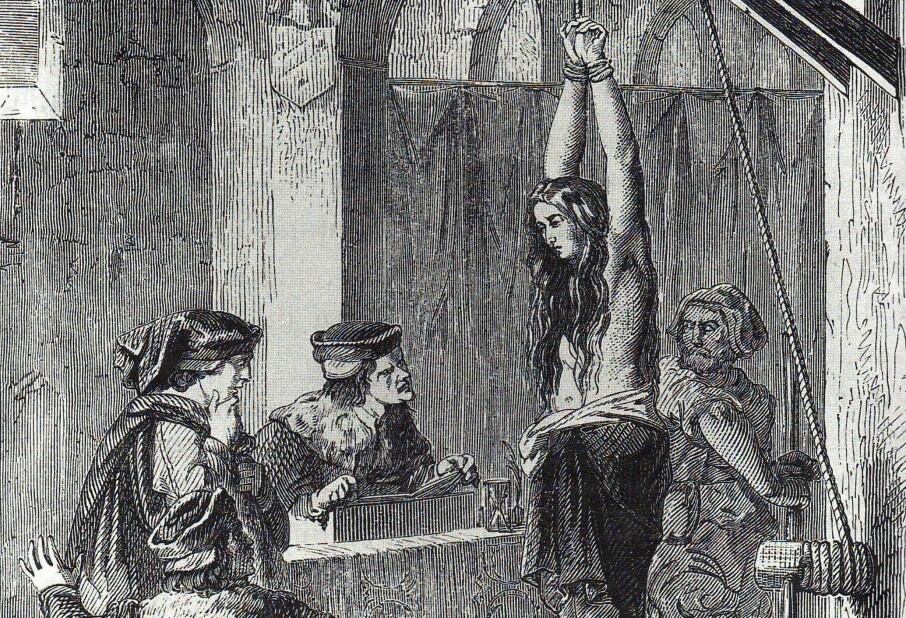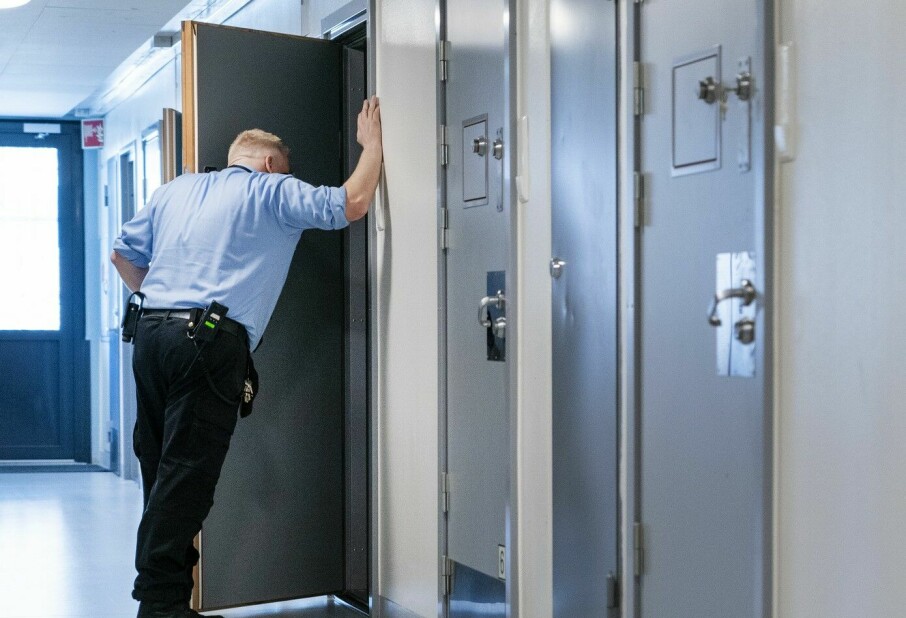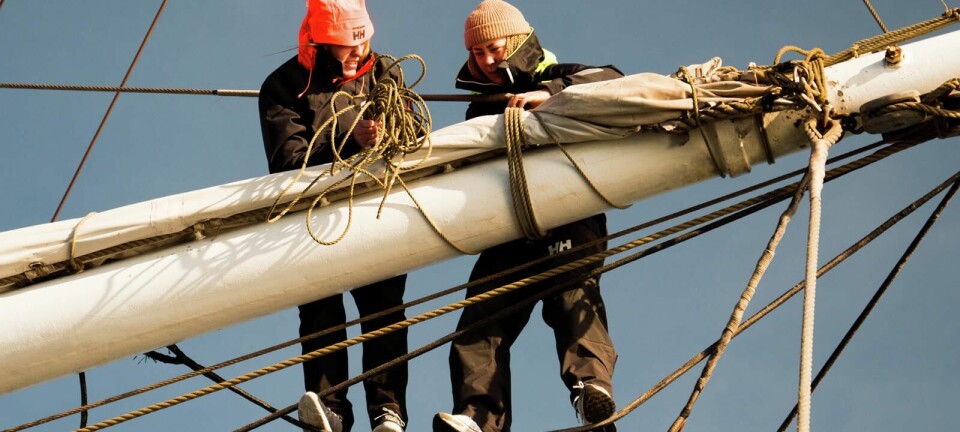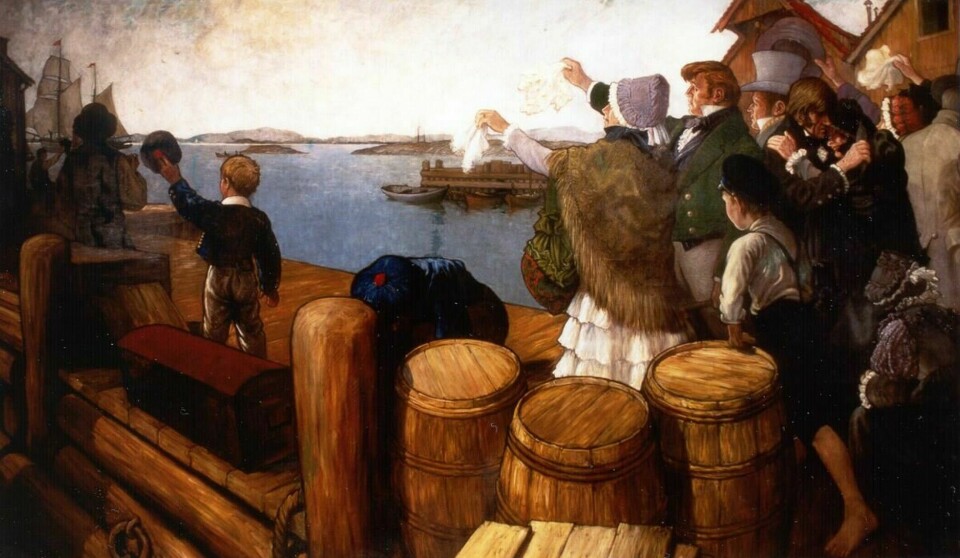
At one point, a quarter of all Norwegians lived in the USA. These sailors marked the beginning of mass emigration
Many of the emigrants were young and adventurous.
In 1821, a Norwegian went to America.
He returned in 1824 and told other Norwegians about the vast country.
This marked the beginning of an emigration that significantly reduced the population of Norway.
“You could say that a quarter of all Norwegians lived in the USA in 1910,” historian and author Knut Djupedal says.
He has recently published the book Nordmenn bygger i Amerika (Norwegians building in America).

Guided new Norwegian-Americans
The history of modern Norwegian emigration is nearly 200 years old.
It began with the adventurous Norwegian Cleng Peerson. He first went to America in 1821 to investigate conditions for emigrants, on behalf of the Quakers in Stavanger. The Quakers were a religious community. Many of them left Norway to escape persecution.
Most viewed
Peerson returned to Norway in 1824, but it didn’t take long before he set off for America again.
“I believe the feedback Peerson gave in 1824 was quite important,” history professor Nils Olav Østrem tells sciencenorway.no.
The first group – the sloop people from Stavanger – arrived in 1825. Many of them were sympathisers of the Quakers. Some Haugeans were also among them.
Stayed overnight with the Quaker leader
The sloop people were led by the Norwegian Quaker leader Lars Larsen Geilane. They travelled on the boat Restauration. It was a sloop, a smaller boat for passenger transport, hence the group's name.
The Norwegians from the first group went to Rochester, New York. They stayed there for three or four years. Some didn’t like it in the USA and returned to Norway.
The others eventually followed Cleng Peerson further, to the Fox River valley in Illinois. Peerson later went to Texas and died there.
Lars Geilane stayed in Rochester with his family. Many new emigrants visited him from the late 1820s until his death in 1845. They spent a few nights there and were guided on where to go and what to do in their new country.
“Then they usually moved westward, and that’s when these became stopping places for newcomers. This pattern continued,” Djupedal says.
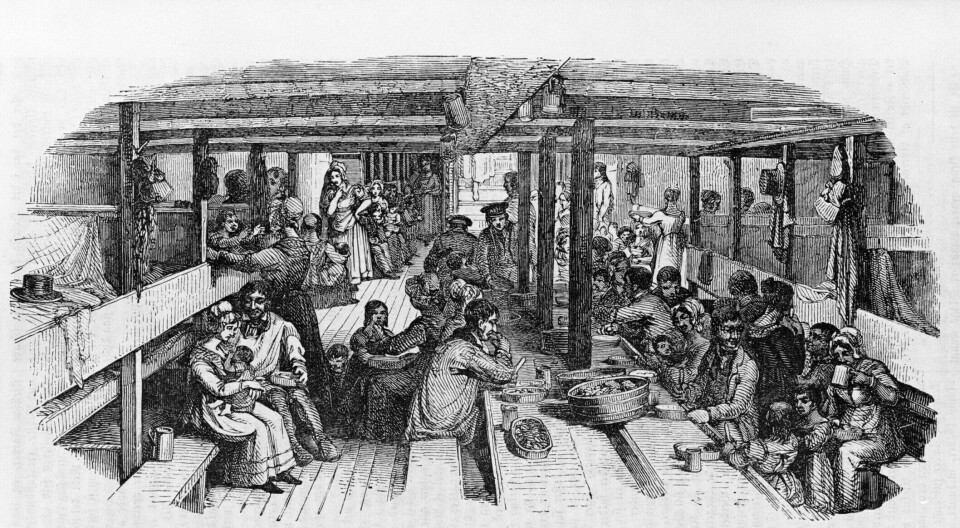
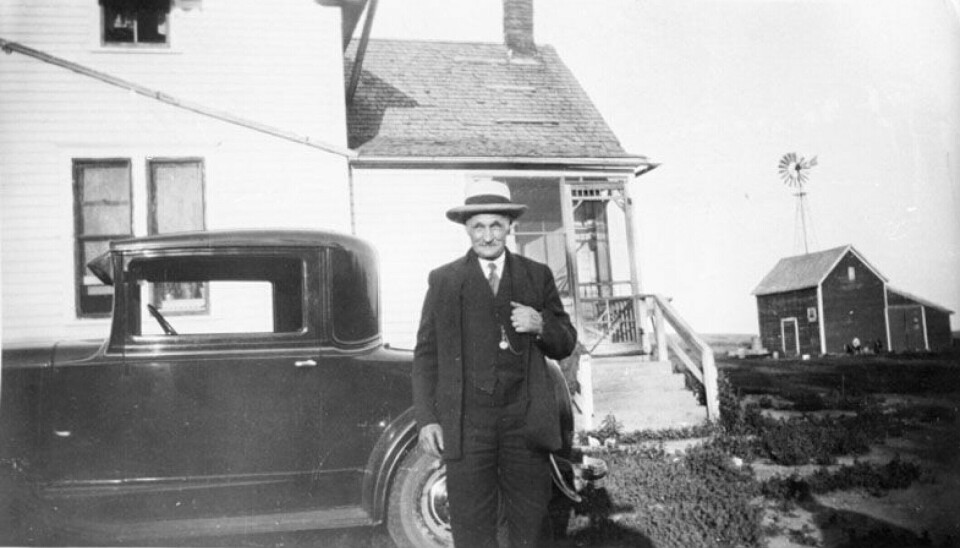
Wanted to secure farm life and the inheritance for their children
About ten years after the sloop people arrived, it became more common to emigrate. A new group of people set out.
History professor Nils Olav Østrem at the University of Stavanger explains that not everyone necessarily had religious or freedom-seeking motivations to emigrate.

Even though the emigrants were often young, the first ones to leave were usually families, he says. This was the case until the Civil War. From the 1870s, more single young people, many of them sailors and seafarers, started to emigrate, according to Østrem.
Often, the emigrants were well-to-do farming families, Østrem says.
“They left to secure their farm life and pass it on to their children,” he says.
There was probably still plenty of space in Norway, he says.
“Here, it’s more an attempt to secure the status quo and the good position they have,” Østrem says.
But who were the ones who dared to cross over?
Young and adventurous
“The typical emigrant is a young man or woman who wants to see the world. They want to have an adventure or three and make a lot of money. Then they plan to come back to Norway and settle down,” Djupedal says.
However, something happens to many of these adventurers after they’ve been away for a while. Before they know it, they find love, get married, and settle down.
Many return to Norway and discover that the grass wasn’t greener here at all, according to Djupedal. So they go back to America for a second time.
"They left during their teenage years, simply put. It's quite intriguing," Østrem thinks.
"Many young emigrants had a period of urban living in Norway before departing.”
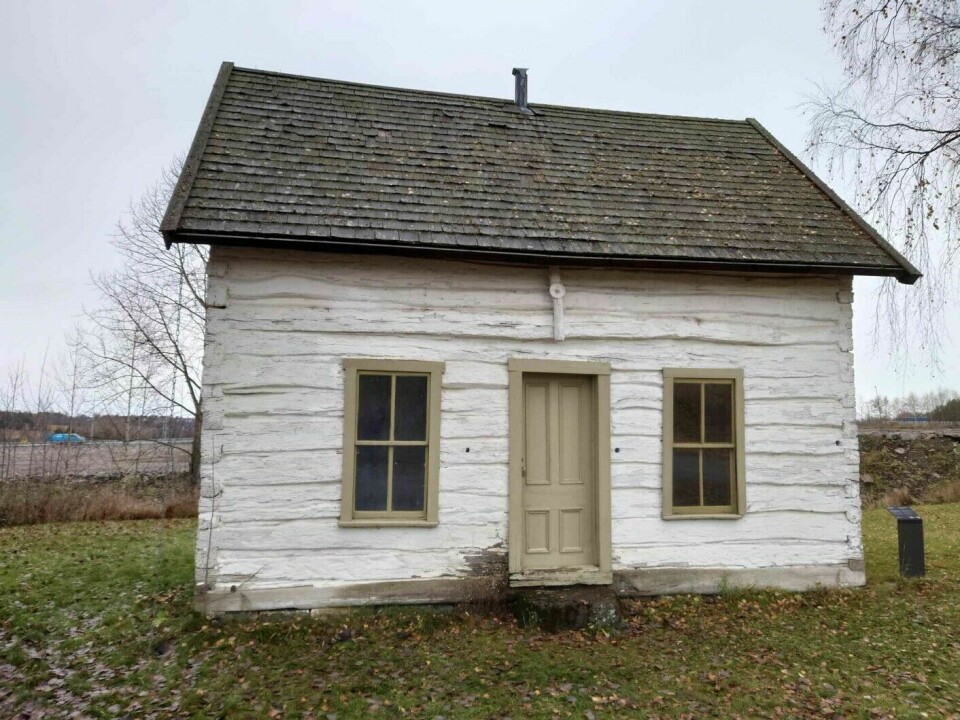
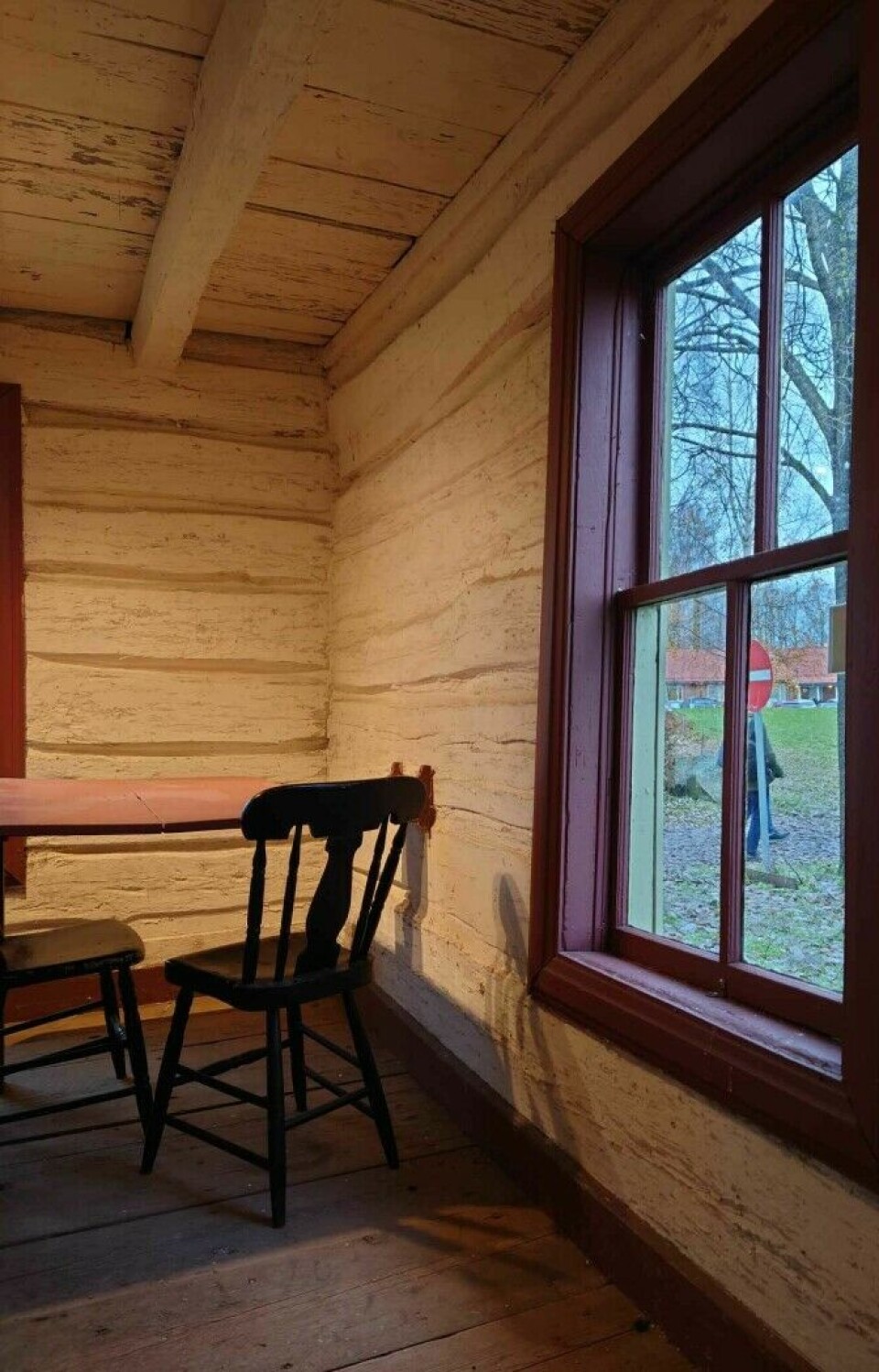
Economic challenges
“Emigrants came from all social classes,” says Djupedal. He says most were from the lower middle class.
Through his research, Djupedal has found that the majority of those who travelled did so because of economic reasons.
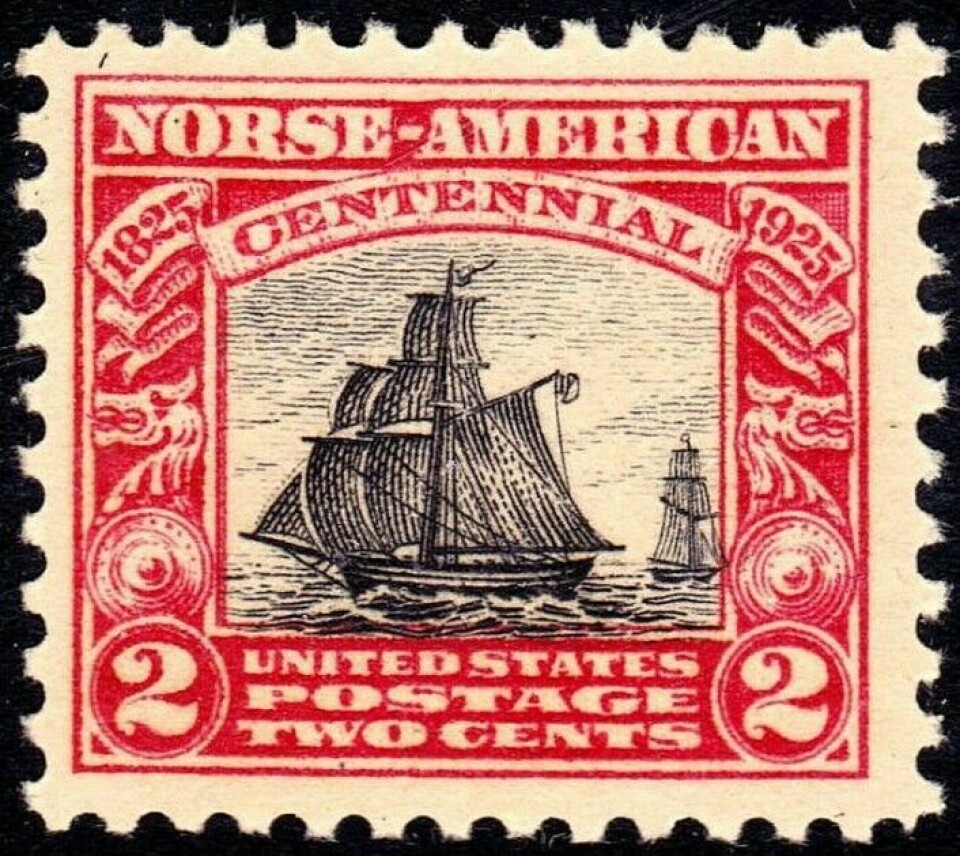
“For some reason, they perceived a threat to their personal finances. This could be a decline in, for example, herring fishing or agricultural prices. Consequently, the farm might end up being sold through a forced auction. Alternatively, they might perceive a bleak outlook for their future here in Norway. At the same time, they hear from others who have gone to America that there are good prospects there,” he says.
Such reasons led many to sell what they had and cross the Atlantic.
“I think it’s a brave, not to say reckless thing to do,” he says.
Thought they were church spires – actually silos
Most Norwegians who went to America probably saw things that were completely outside their experience, Djupedal says.
A Norwegian man from Selje took the train from New York towards the Midwest and Minnesota. During a train change on the long journey, he looked around.
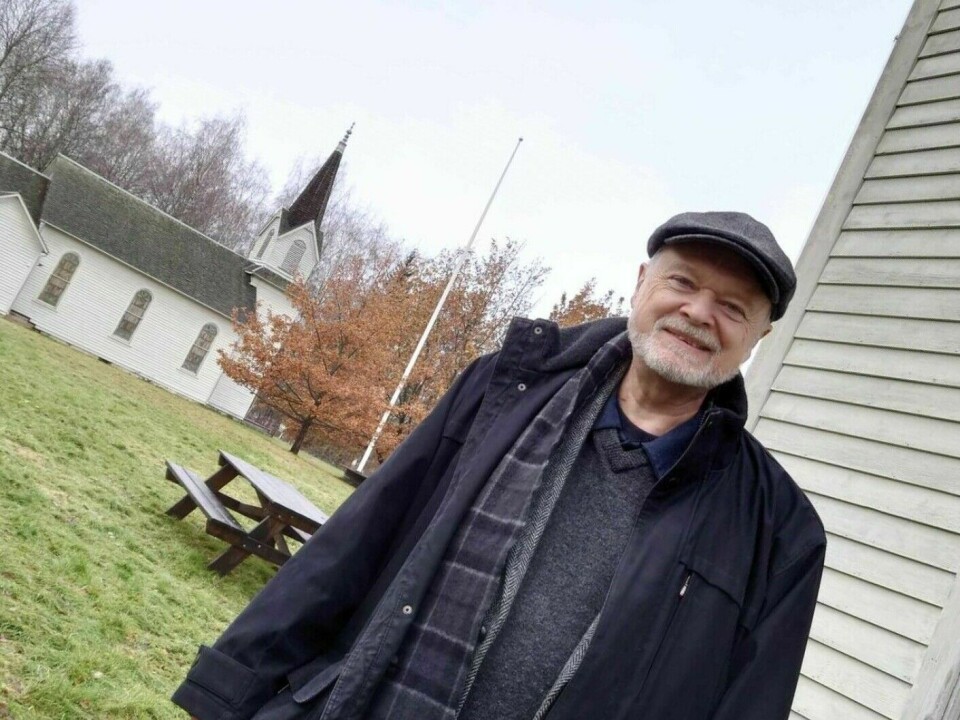
“He spotted these large American silos. He told himself that Americans must be very religious people, given how many church spires there are everywhere,” he says.
“He took it to be true. No one had told him otherwise.”
Djupedal interviewed the man several years ago and got the emigrant's story about his first encounter with America.
In Djupedal's hometown of Selje, about 1,600 people went to America. 200 of them went twice. Over 50 went three times. Two or three went as many as five times, according to Djupedal.
“Most eventually ended up in small towns and cities. There were industrial workers, fishermen, and all sorts of other occupations,” he says.
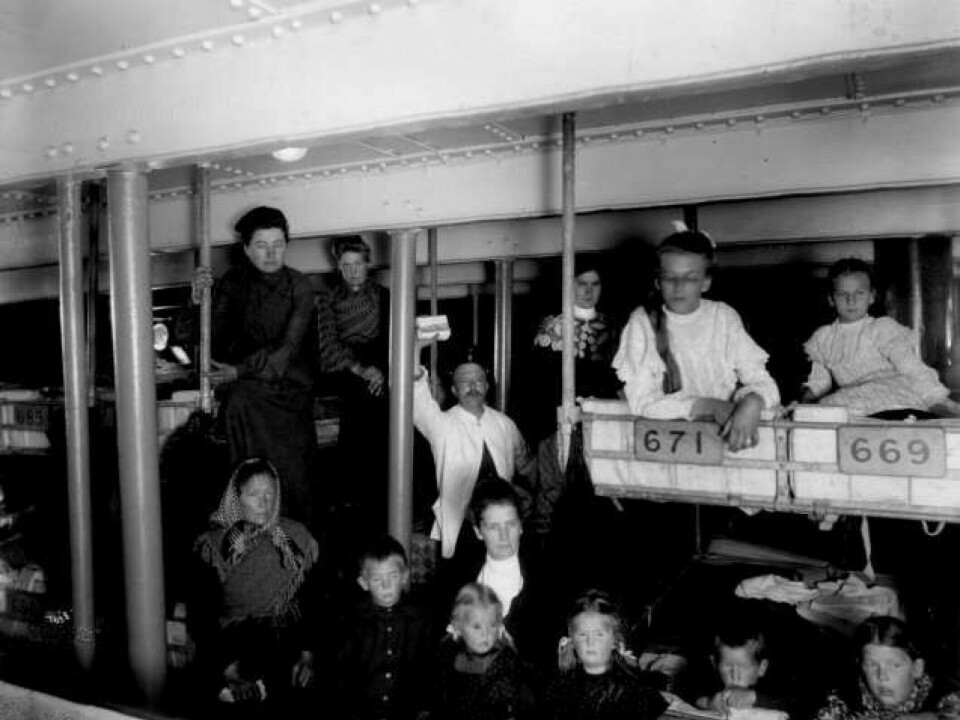
Steamships cut down travel time
The journey across the Atlantic was likely arduous. The people on the sloop spent several months on the voyage. They departed in July and arrived on October 9th.
There were storms and rough seas, according to the Norwegian Emigrant Museum. A baby was born along the way.
Emigration increased as steamships became available, according to an article by historian Jan Eivind Myhre on Norgeshistorie.no (link in Norwegian).
Steamships took just over a week for the crossing. Deaths became rare, but space was still limited.
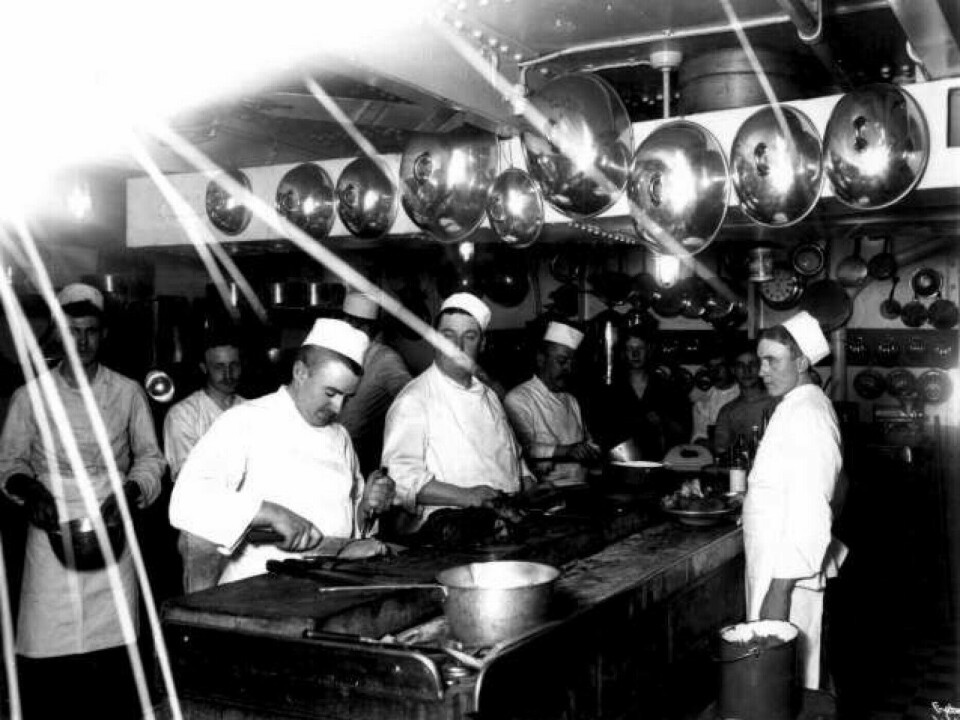
———
Translated by Alette Bjordal Gjellesvik
Read the Norwegian version of this article on forskning.no
Reference:
Djupedal, K. ‘Nordmenn bygger i Amerika’ (Norwegians building in America), Norwegian Emigrant Museum, 2023.











